Exfoliate Feet at Home to Avoid Cracks
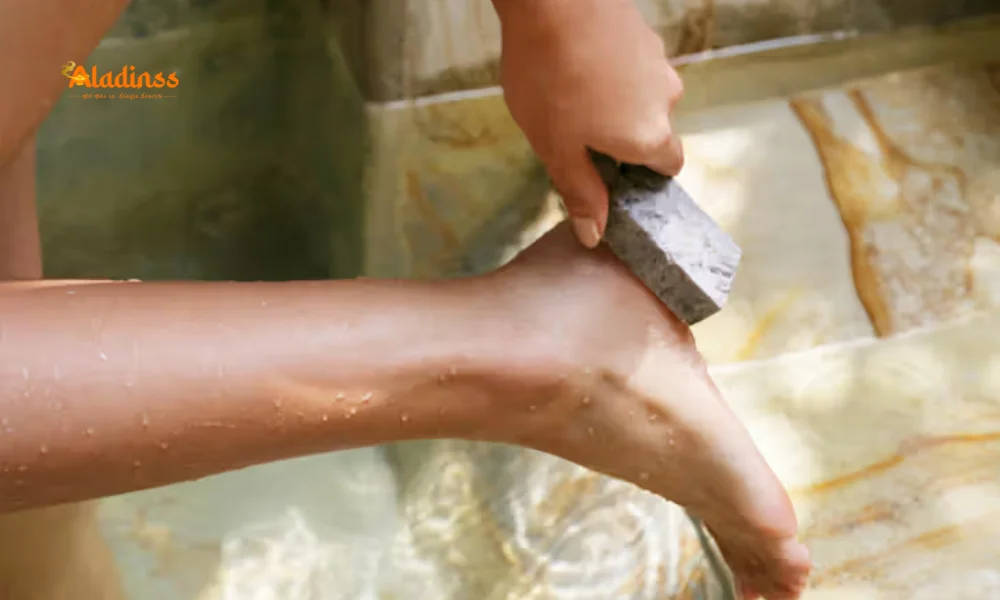
The Right Way to Exfoliate Feet at Home to Avoid Cracks and Infections
Cracked, rough, and dry feet are more than just a cosmetic concern—they can lead to discomfort, pain, and even infections if not properly addressed. Regular exfoliation is essential to maintain soft, healthy feet, but doing it incorrectly can worsen cracks or invite bacteria and fungi. This comprehensive guide outlines expert-recommended steps to exfoliate your feet at home safely and effectively, helping you achieve smooth soles while preventing complications like fissures or infections.
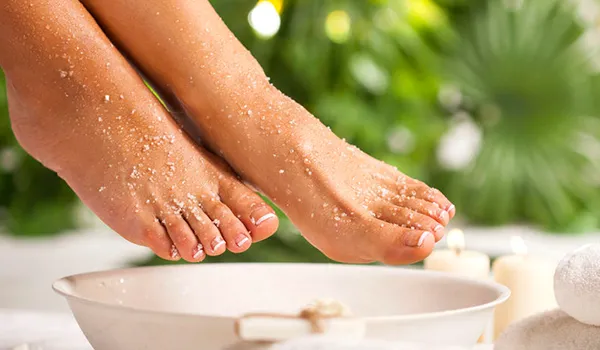
Why Gentle Exfoliation Matters
Your feet naturally shed dead skin over time, but factors like prolonged standing, tight shoes, or dry weather can cause thick, hardened layers to build up, especially on the heels and soles. If left unaddressed, these layers can crack, forming painful fissures that serve as entry points for bacteria or fungi, potentially leading to infections like athlete’s foot. Over-aggressive exfoliation, particularly on dry skin, can strip away the skin’s protective barrier, increasing the risk of irritation, thinning, or infection.
Gentle exfoliation, preceded by proper soaking, softens calluses and dead skin, making them easier to remove without causing trauma. This approach preserves the skin’s natural moisture barrier, reducing the likelihood of cracks and ensuring your feet remain healthy and comfortable. A balanced routine is key to maintaining smooth feet without compromising their protective layers.
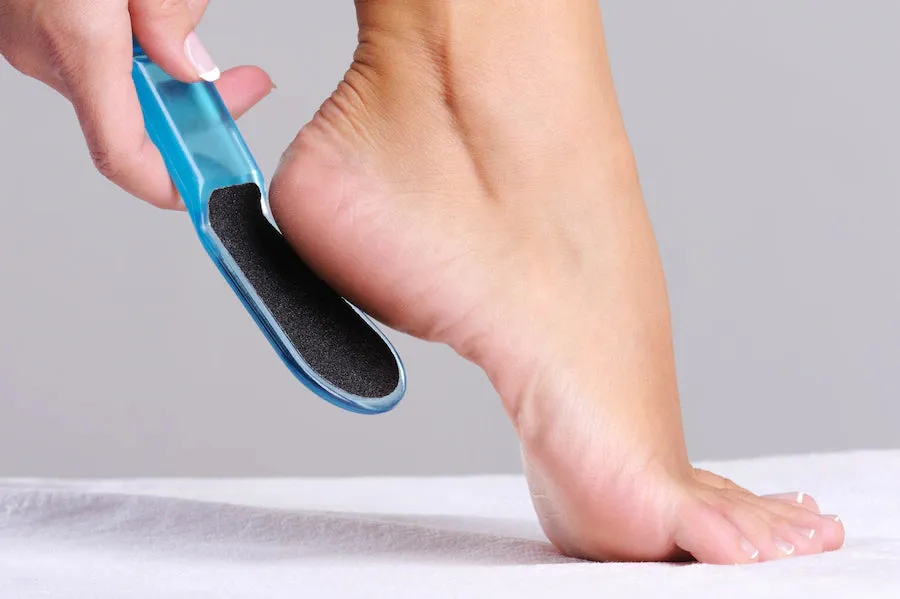
Step 1: Soak Your Feet to Soften Skin
The first step in effective foot exfoliation is soaking your feet to soften hardened skin. Fill a basin with warm (not hot) water and soak your feet for 10–20 minutes. Hot water can strip natural oils, exacerbating dryness, so maintain a comfortable temperature. To enhance the soak, consider adding ingredients like:
- Epsom Salt: Rich in magnesium, it gently exfoliates and improves circulation, reducing inflammation.
- Mild Soap: Cleanses without stripping moisture, preparing the skin for exfoliation.
- Oatmeal: Soothes irritation and moisturizes, ideal for sensitive or inflamed skin.
Soaking softens calluses and dead skin, making them easier to remove without aggressive scrubbing. Pat your feet dry gently after soaking to prepare for the next step, ensuring no excess moisture remains between toes to prevent fungal growth.
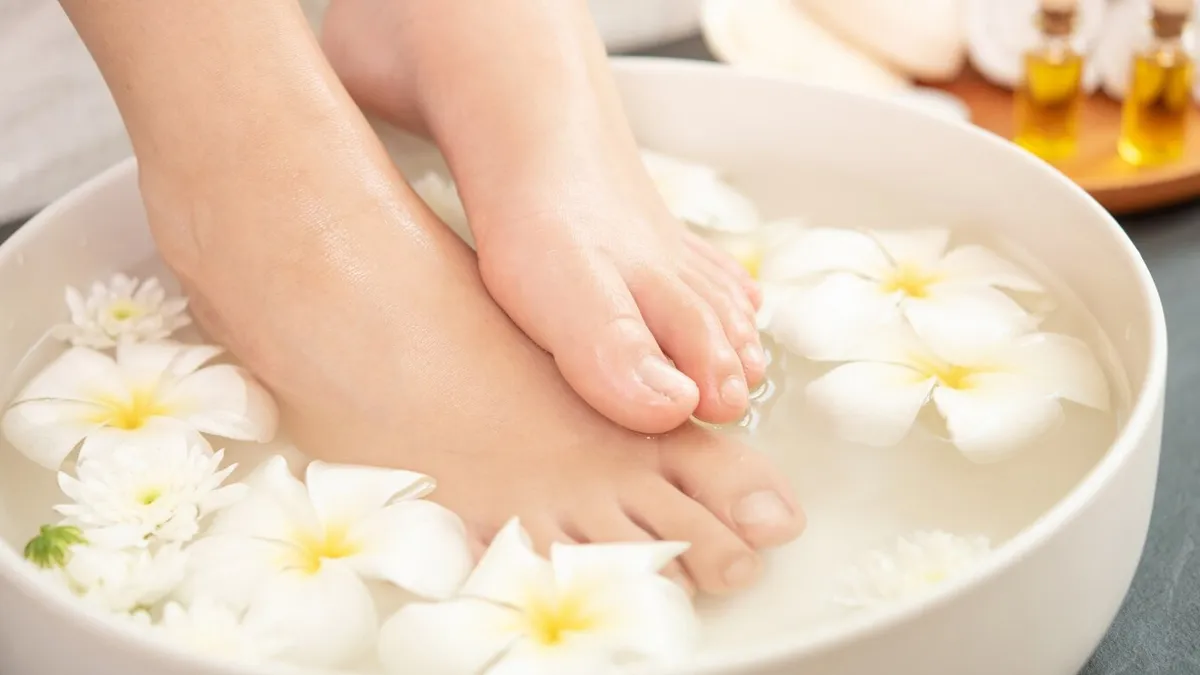
Also Read: 7 Ways Rice Water Promotes Stronger Nails
Step 2: Choose the Right Exfoliation Method
Exfoliation can be done mechanically or chemically, depending on the condition of your feet. Both methods are effective when used correctly, but overdoing either can damage healthy skin. Here’s how to choose and apply the right method:
Mechanical Exfoliation
Use a pumice stone or foot file after soaking, when the skin is soft and pliable. Apply light, circular motions to gently remove dead skin, focusing on rough areas like heels and the balls of the feet. Stop once you feel smoother, healthy skin beneath to avoid thinning or irritation. Over-scraping can create tender spots prone to cracks or infections, so moderation is crucial.
Chemical Exfoliation
For stubborn calluses, chemical exfoliants with ingredients like urea, lactic acid, glycolic acid, or salicylic acid are highly effective. These ingredients dissolve dead skin cells without the need for harsh scrubbing, reducing the risk of damage. Look for podiatrist-recommended heel balms or creams containing these compounds. Apply as directed, typically once or twice a week, and avoid overuse to prevent skin sensitivity.
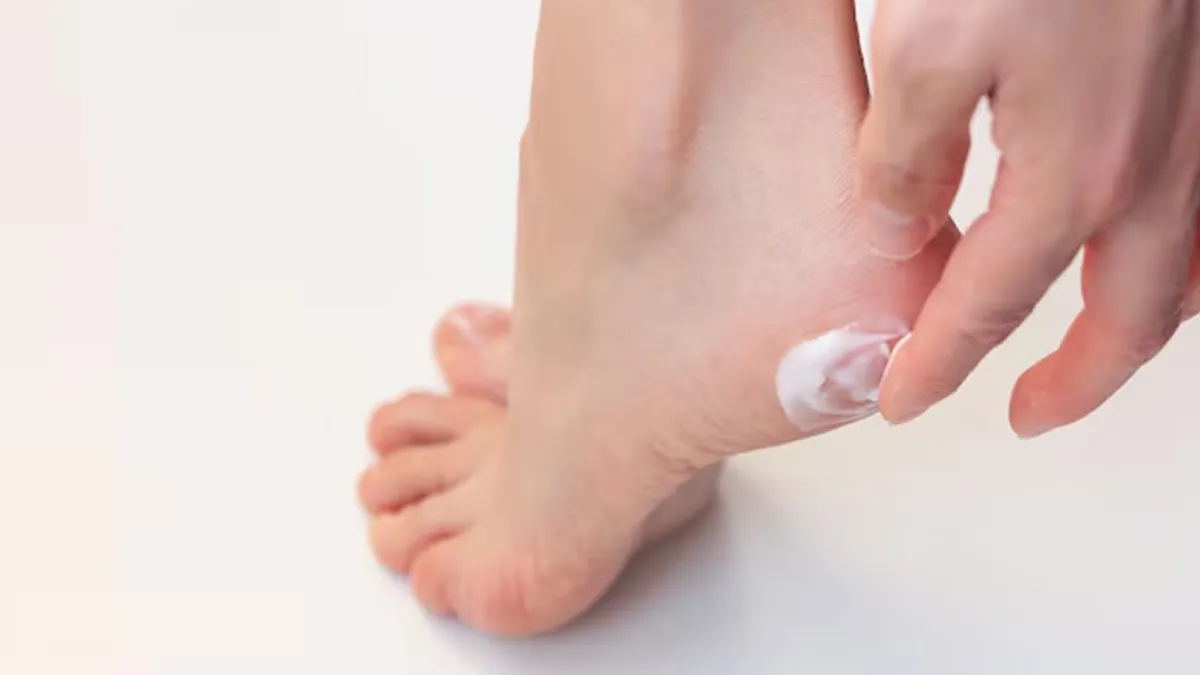
Step 3: Moisturize Immediately and Often
After exfoliation, your feet are primed to absorb moisture, making immediate hydration essential. Pat your feet dry and apply a thick, emollient-rich moisturizer, such as a heel balm containing urea, lactic acid, shea butter, petroleum jelly, or lanolin. These ingredients lock in hydration, repair the skin barrier, and prevent cracks from forming. For deeper moisturizing, wear clean cotton socks overnight to enhance absorption.
Natural alternatives like coconut oil, shea butter, honey, or aloe vera are excellent choices, offering antimicrobial and anti-inflammatory properties. Apply a generous layer daily, especially after bathing, to maintain soft, supple skin and prevent dryness from recurring.
Step 4: Stick to a Gentle Weekly Routine
Consistency is key to preventing cracked feet and maintaining smoothness. Follow these guidelines for a balanced routine:
- Soak and exfoliate once a week, or twice if your feet are extremely dry.
- Use chemical exfoliants weekly or bi-weekly, depending on product instructions.
- Avoid over-exfoliating, as it can delay healing or increase infection risk.
- Maintain daily hygiene: wash feet with mild soap, dry thoroughly (especially between toes), and change socks regularly to prevent bacterial or fungal buildup.
Over-exfoliation can strip the skin’s protective layer, so monitor your feet for signs of sensitivity or redness and adjust frequency accordingly.
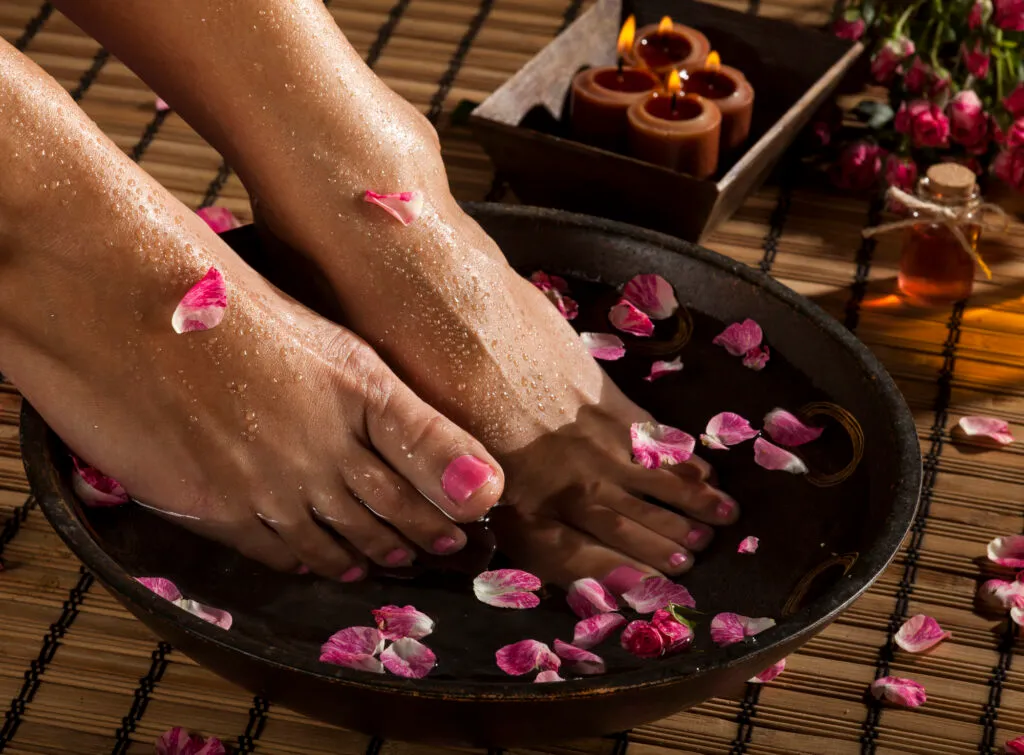
Step 5: Prevent Cracks Long-Term
Preventing cracked feet requires a holistic approach that combines proper care with lifestyle adjustments. Stay hydrated by drinking 8–10 glasses of water daily to support skin health. Incorporate nutrients like omega-3 fatty acids (found in fish, flaxseeds, and walnuts), vitamin E (in almonds and spinach), and zinc (in lentils and pumpkin seeds) to strengthen the skin barrier.
Wearing supportive, closed-heel footwear helps distribute pressure evenly, reducing callus formation. Avoid walking barefoot on hard surfaces, as this can exacerbate dryness and lead to cracks. Smooth, hydrated feet are less prone to fissures, which act as gateways for fungi and bacteria, so maintaining an intact skin barrier is critical for preventing infections like athlete’s foot.
Sample At-Home Foot Exfoliation Routine
Here’s a simple, expert-approved routine to exfoliate your feet at home:
- Soak feet in warm water with Epsom salt or oatmeal for 15 minutes.
- Gently exfoliate with a pumice stone or foot scrub, focusing on rough areas.
- Apply a chemical exfoliant, like a lactic acid cream, if needed for thicker calluses.
- Moisturize with a urea-based balm or natural oil like coconut or shea butter.
- Wear cotton socks overnight to lock in moisture.
- Repeat weekly, maintaining daily hygiene with mild soap and thorough drying.
If you experience pain, bleeding, or worsening cracks during exfoliation, stop immediately and consult a healthcare provider, especially if you have conditions like diabetes or neuropathy, which increase infection risk. With consistent care, your feet can stay soft, smooth, and free from cracks or infections.
Comment / Reply From
No comments yet. Be the first to comment!






